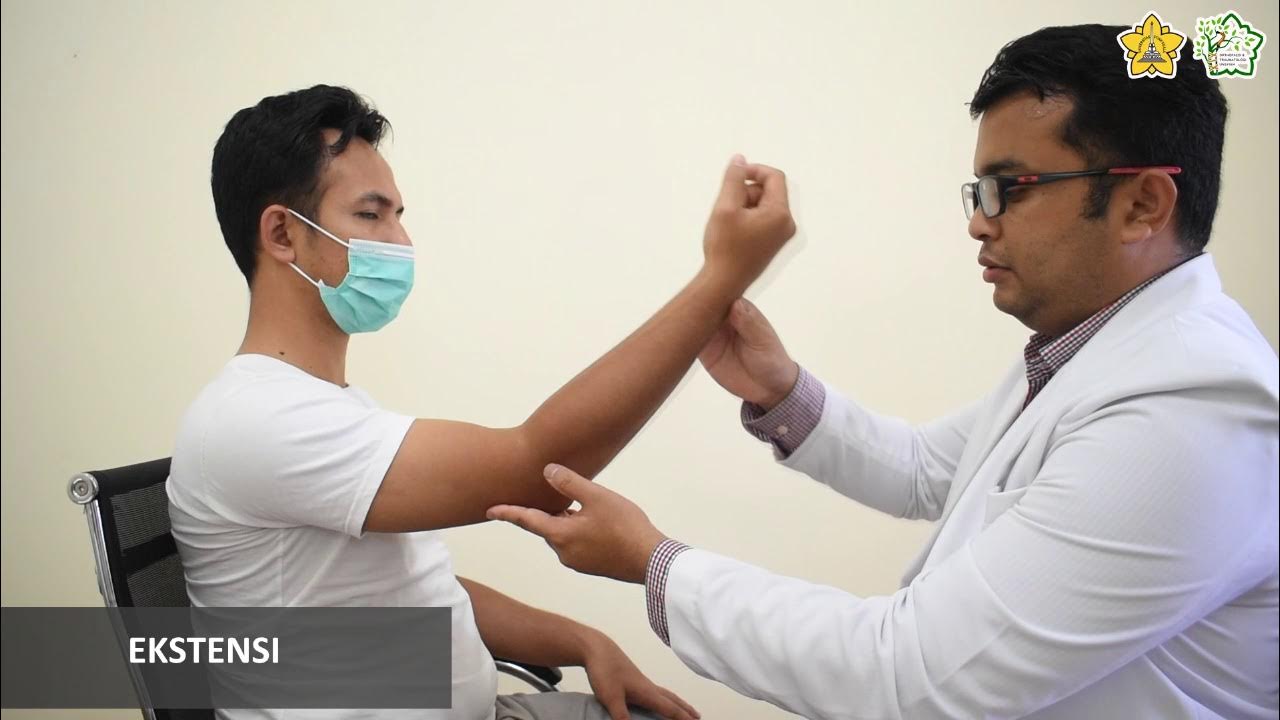Macleod's examination of lower limb motor function
Summary
TLDRThe script outlines a comprehensive examination of the lower limbs, focusing on patient comfort and dignity. It covers the inspection for asymmetry and deformities, assessment of muscle tone, involuntary movements, and reflexes. The examination includes testing for clonus, deep tendon reflexes, superficial reflexes, and power in various muscle groups. The script also mentions the importance of comparing sides and the influence of age and occupation on strength. Lastly, it describes the heel-shin test for muscular coordination and the abdominal reflexes.
Takeaways
- 🔍 **Examination Preparation**: Begin by ensuring the patient's comfort and dignity while exposing the lower limbs for examination.
- 👀 **Observation for Asymmetry**: Look for any asymmetry or deformities in the lower limbs, both proximal and distal.
- 💪 **Muscle Examination**: Check for muscle wasting or hypertrophy and elicit fcul (flicking the skin over a wasted muscle) if necessary.
- 🧍 **Tone Assessment**: Examine the tone in the lower limb by rolling or rotating it and lifting the knee to a flexed position.
- 🔁 **Clonus Test**: Test for clonus at the knee and ankle joints by pushing the patella and dorsiflexing and everting the foot, respectively.
- 🦿 **Deep Tendon Reflexes**: Test deep tendon reflexes starting with the knee jerk, which tests the L3 and L4 nerve roots.
- 🤚 **Reinforcement Maneuver**: Use reinforcement (GC maneuver) when testing lower limb reflexes to elicit a response if one appears to be absent.
- 👣 **Superficial Reflex**: Test the plantar response by running a blunt object along the sole of the foot towards the little toe.
- 🏋️♂️ **Power Testing**: Systematically test power in the muscle groups of the lower limb using the MRC scale from 0 to 6.
- 🦿 **Coordination Test**: Perform the heel-shin test to assess muscular coordination, noting any cerebellar ataxia if the heel wavers.
- 🤕 **Abdominal Reflexes**: Finally, test abdominal reflexes by stroking each quadrant of the abdomen with a stick.
Q & A
What is the purpose of examining the lower limbs for asymmetry and deformities?
-Examining the lower limbs for asymmetry and deformities helps identify any abnormalities or conditions that may affect the patient's mobility or comfort.
What does 'Fcul' refer to in the context of examining a patient's lower limbs?
-Fcul refers to the 'fasciculations', which are involuntary muscle twitches that can be observed in certain conditions affecting the nervous system.
Why is it important to elicit fcul by flicking the skin over a wasted muscle?
-Flicking the skin over a wasted muscle can help elicit fasciculations, which are involuntary muscle contractions. This is important for diagnosing conditions like muscular dystrophy or nerve damage.
What is the significance of examining the tone in the lower limb?
-Examining the tone in the lower limb is significant because it can reveal neurological conditions such as spasticity or rigidity, which affect muscle stiffness and movement.
How is clonus tested at the knee joint?
-Clonus is tested at the knee joint by extending the knee, then using the thumb and forefinger to sharply push the patella towards the foot. Clonus is indicated by rhythmic contractions of the muscle.
What is the normal response to ankle clonus testing?
-A few beats of clonus is considered normal in healthy individuals. It is a rhythmic series of contractions evoked by a sudden stretch of the muscle.
Why is the knee jerk test important in a neurological examination?
-The knee jerk test is important because it assesses the L3 and L4 nerve roots' function and can help diagnose conditions affecting the spinal cord or peripheral nerves.
What is the GC maneuver and how is it used in testing lower limb reflexes?
-The GC maneuver, or Jendrassik's maneuver, involves the patient gripping their hands together and pulling against each other. It is used to enhance muscle tone and make reflexes easier to elicit, especially when they appear to be absent.
How is the plantar response tested and what is the normal response?
-The plantar response is tested by running a blunt object along the lateral border of the sole of the foot towards the little toe. The normal response is flexion of the great toe and other toes.
What does the heel-shin test assess and what is considered abnormal?
-The heel-shin test assesses muscular coordination. It is abnormal if the heel wavers away from the line of the shin, which could indicate cerebellar ataxia.
Why is it important to ensure the patient is relaxed when checking reflexes?
-Ensuring the patient is relaxed is important because anxiety or pain can artificially increase the reflex response, leading to inaccurate results in the neurological examination.
Outlines

Cette section est réservée aux utilisateurs payants. Améliorez votre compte pour accéder à cette section.
Améliorer maintenantMindmap

Cette section est réservée aux utilisateurs payants. Améliorez votre compte pour accéder à cette section.
Améliorer maintenantKeywords

Cette section est réservée aux utilisateurs payants. Améliorez votre compte pour accéder à cette section.
Améliorer maintenantHighlights

Cette section est réservée aux utilisateurs payants. Améliorez votre compte pour accéder à cette section.
Améliorer maintenantTranscripts

Cette section est réservée aux utilisateurs payants. Améliorez votre compte pour accéder à cette section.
Améliorer maintenantVoir Plus de Vidéos Connexes
5.0 / 5 (0 votes)






